Find out more about hake, a member of the cod family with a soft delicate texture and why is there no sustainable hake available to buy in Australia & New Zealand.
What is hake?
Southern hake (Merluccuis australis) is a member of the cod family. Hake flesh is moist and white with few bones and a soft, delicate texture. Hake, like its relative hoki, is often prepared as crumbed fillets and fish fingers.
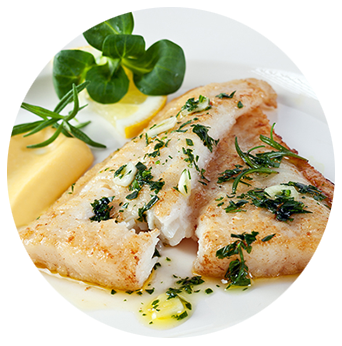
Hake facts
- Southern hake (Merluccius australis) is native to New Zealand waters, but there are more than a dozen hake and whiting species that inhabit temperate and cold waters in the northern and southern hemispheres.
- Long bodied and lean, beneath hake’s gun-metal skin and silvery belly is a mild tasting fish with a delicate texture. In fact, hake is something of a Cinderella fish. It has long deserved to receive more attention in places that favour more popular (and sometimes less sustainable) white fish such as cod, haddock and pollock.
- A close relative of the cod family, when cooked just right this deep-sea predator with pin-like teeth transforms into a subtly sweet fish that yields small but beautifully firm flakes the colour of Hollywood teeth.
- There are a dozen species of hake, including European hake fished off the coast of Cornwall, England and Southern hake from the icy waters at the foot of Chile.
- Available around the world, it is predominantly a deep-sea fish, though some hake inhabit shallower waters.
- Growing up to one metre long, hake is a brisk fish that will ambush and consume fast-moving smaller prey such as mackerel, herring, sardines, sandeels and codfishes.
Is hake sustainable?
There is no such thing as a sustainable species of fish. Only sustainable populations of fish.
As of November 2020, there are nine Marine Stewardship Council certified fisheries landing sustainably caught and processed hake around the world. European hake is fished off the coast of Cornwall and at three fisheries in the North Sea; Pacific hake (or Pacific whiting) is fished off the west coast of the United States and Canada; Southern hake is fished in the Pacific waters of Chile - the most recently certified fishery - and New Zealand; and deep water hake in South Africa.
Where can I buy sustainable hake?
There are currently no hake products with the blue fish tick available in Australia and New Zealand. Consumer demand is important. You can use your voice to ask your local supermarket, fish shop or restaurant to consider stocking hake with the MSC’s blue fish tick.
Find out more about where to buy sustainable seafood.
Learn more about hake fishing
Total catch numbers of MSC certified hake are high in South Africa (90%) and in the Pacific US and Canadian waters (100 per cent), as well as in the UK, where the majority of hake landed is MSC certified.
-hake-dish.jpg?Status=Master&sfvrsn=f3243741_0)
© Georgia East
These different species of hake are caught, processed and eaten in different ways. In the US, for example, American Seafoods, which claims to operate the highest-scoring MSC certified sustainable fishery in the world, has introduced large, at-sea frozen processors for hake similar to the sort used for wild Alaska pollock.
This at-sea advantage preserves more freshness, taste, and nutrition. As well as using every part of each fish it catches with nothing going to waste, the company writes on its website: “Our high catch rates, fish utilization, at-sea processing and immediate freezing, state-of-the-art equipment, environmentally friendly ammonia refrigerants, and ultra-efficient logistics all work in concert to produce fish products with the lowest carbon footprint among mainstream protein sources. While land-based animal agriculture is a major user of fresh water, our vessels are outfitted with desalination equipment that is capable of satisfying all our fresh water onboard production needs.”
On a much smaller scale, at Newlyn in Cornwall, southwest England, fishermen have worked hard to ensure hake stocks are not depleted. One of the ways the ‘family-run’ hake fishery guarantees its methods are sustainable is to use a larger mesh size net than is required by law. This means that the smaller and younger hake can swim free, leaving plenty more fish in the sea to reproduce. In the UK, hake is increasingly championed by chefs beyond Cornwall as a sustainably sourced, meaty white fish and is even used in fish and chip shops instead of cod and haddock.
“Hake has increased in popularity and I’ve definitely seen it on a lot more menus,” says seafood chef and MSC ambassador Mitch Tonks, who is based in the southwest of England.
“It’s popular because it’s a great fish, easy to cook, looks good on the plate and we love white fish in the UK. Hake’s juicy, thick white flakes seem to work on all menus from Michelin-starred eateries to a chippy and I think having MSC [certified] status has really helped its growth in popularity. I like to serve a piece on its own with a salsa rossa or a salsa verde on the side and maybe some new potatoes.”
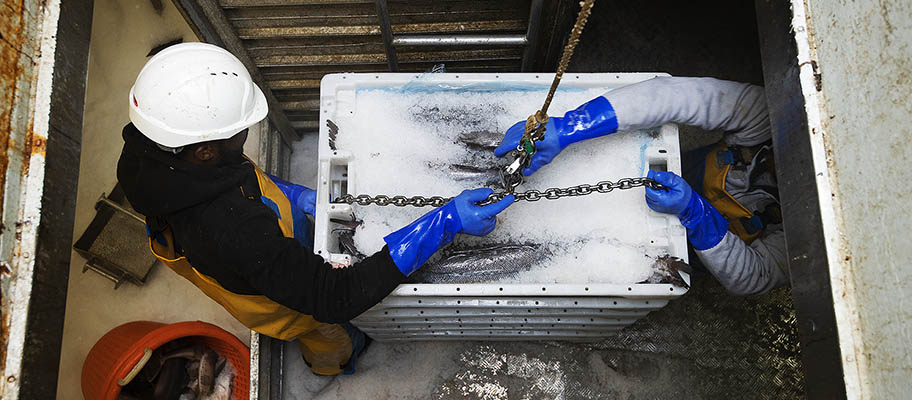
Cornish hake gill net fishery © Nigel Millard/MSC
In South Africa, where hake is a popular and inexpensive everyday fish, the pioneering South African Cape hake fishery will see its fourth MSC recertification in November. It was the first hake fishery in the world to gain MSC certification, which it has held since 2004. By maintaining good practice and remaining certified the fishery has not only safeguarded fish stocks and ensured that natural breeding habitats are protected, it has also secured some 12,000 jobs and increased access to international markets.
“Hake is definitely one of our best loved fishes,” says Siba Mtongana, a chef and MSC campaign ambassador in South Africa. “If you think of fish and chips here, then hake always comes to mind first.”
She adds: “The great thing about hake is you can either go subtle or you can go all-out bold on the flavour profiles. It’s a good fit for a fish pie or a beautifully fragrant grilled hake with red Thai curry sauce. I also love the fact that it has very few bones, which are easily removed, so I don’t need to worry when cooking hake for my children.”
Explore more sustainable fish to eat
Find more sustainable seafood species that are MSC certified in Australia and New Zealand.
Explore the sustainable seafood guide.

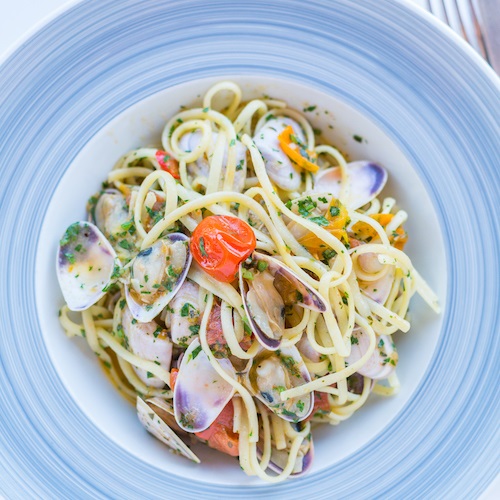
Sustainable seafood recipes
Chefs and seafood lovers from around the world share quick and tasty ways of cooking MSC certified seafood.
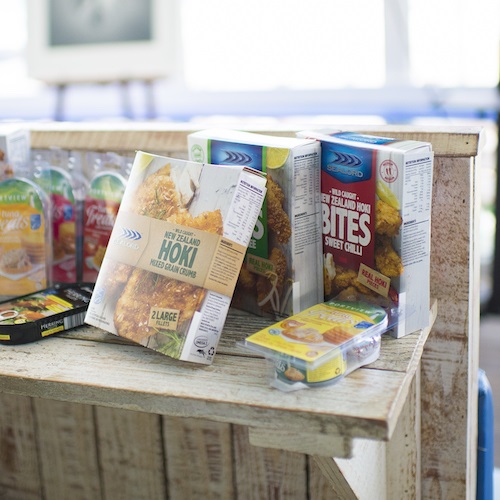
10 reasons to choose the blue fish tick
Choose seafood which helps to protect oceans, livelihoods and fish for the future.
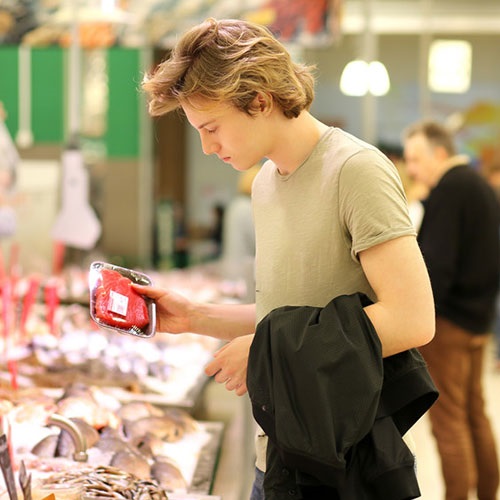
Buy sustainable seafood
Where to find the blue fish tick at supermarkets, fish shops and restaurants.

